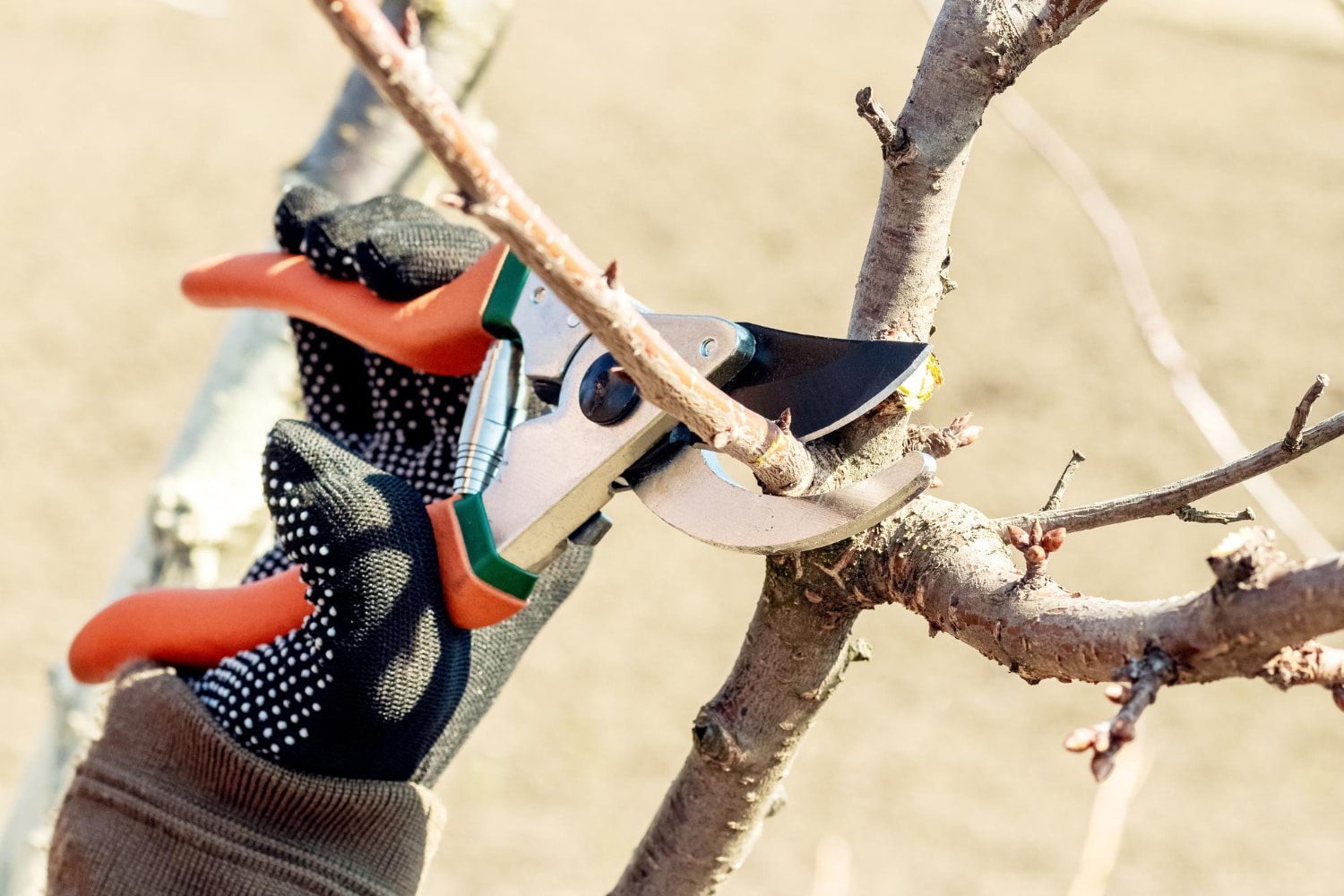Mastering the Art of Tree Pruning: A Comprehensive Guide to Optimizing a Tree Pruner Directory

Maintaining trees is an important task to ensure the beauty of a garden and the safety of the owner. However, finding a qualified tree pruner can sometimes be a difficult task. This is where using a pruner directory comes in. This valuable tool makes it quick and easy to find competent professionals in this field.
First of all, it is essential to choose a reliable and reputable tree surgeon directory. Make sure it has a user-friendly and easy-to-navigate platform. A well-designed directory will allow you to filter results by location, certifications and services offered. Also be sure to select a directory that verifies the quality of the professionals listed, to avoid unpleasant surprises.
Once you have chosen your tree pruner directory, consider optimizing your search. Use relevant keywords to narrow down results and find professionals specializing in your area. For example, if you need a pruner in Paris to prune your fruit trees, use keywords such as “fruit pruner Paris” or “tree pruning Paris”. This will make it easier for you to find experts who match your specific needs.
When you look at tree pruner profiles in the directory, take the time to read the reviews and recommendations left by other customers. These testimonials will give you an idea of the quality of the professionals’ work and their reputation. If possible, also ask for additional references to get more in-depth feedback.
Another tip for using a tree pruner directory effectively is to contact the professionals directly. Some platforms offer features to send messages to pruners. Take advantage of this option to ask additional questions about their experience, certifications, and pricing. This will help you narrow down your choice and find the pruner that best suits your project.
Finally, don’t forget to compare quotes. Using a tree pruner directory allows you to obtain several proposals from qualified professionals. Take the time to compare prices, services included and completion times. Do not hesitate to ask for additional details if necessary, to ensure you make the right choice.
Exploring good practices in tree pruning
Understanding pruning techniques
Tree pruning is more than just maintenance; it is an art that requires a deep understanding of different techniques and practices. By increasing your knowledge of pruning methods, you can not only maintain the health of your trees but also ensure their optimal growth. It is crucial to know when and how to prune, taking into account the specificities of each tree species.
Importance of knowledge of tree species
Each species of tree has its own needs and responses to pruning. It is essential to know the specificities of each species to ensure effective and healthy pruning. Fruit trees, for example, require special attention and specific pruning methods to promote fruit production. Furthermore, certain trees, such as conifers, require distinct pruning techniques to preserve their shape and health.
The ideal time for pruning
The timing of pruning can greatly influence the health and growth of the tree. The ideal time to prune varies depending on the species of the tree and its specific needs. Typically, pruning is done during the tree’s dormant season, either fall or winter, when the tree is less likely to suffer damage. However, certain situations, such as removing dead or damaged branches, may require immediate intervention, regardless of the season.
The impact of pruning on the health of the tree
Pruning done properly can improve the health of the tree by removing dead, diseased or infected branches. It can also allow for better air circulation and increased sunlight penetration, which are crucial for photosynthesis. On the other hand, poorly done pruning can damage the tree and make its wounds vulnerable to infections and parasites. Knowledge and respect for pruning principles are therefore fundamental to preserving the vitality of trees.

Wise choice of pruning tools
The choice of tools is an essential component in carrying out efficient and tree-friendly pruning. Using suitable and well-maintained tools helps minimize damage to trees and optimize healing of cuts.
Tool selection based on the task
The type of tool to use depends greatly on the nature of the pruning to be performed. Pruners are ideal for small branches and to ensure precise cuts. For thicker branches, the use of a pruning saw is recommended, in order to make clean cuts and minimize the risk of tearing the bark. Pruners should avoid using unsuitable tools, as this could harm the health of the tree.
Regular maintenance of pruning tools
Tool maintenance is essential. Poorly maintained tools can damage trees and hinder their ability to heal. It is crucial to maintain the cleanliness of tools to avoid the transmission of diseases from one tree to another. Therefore, it is recommended to regularly disinfect the tools, especially after pruning a diseased tree, and to sharpen the blades to ensure clean and precise cuts.
Pruning training and knowledge
Mastery of techniques and knowledge of pruning tools are essential to carry out quality work. Good training allows pruners to understand the impact of their interventions on tree health and to choose the most suitable methods and tools. Pruners must also stay informed of the latest innovations in pruning tools and techniques, in order to optimize their interventions and respect the well-being of the trees.
Optimization of the search for a pruner
When browsing through a directory of pruners, it is essential to optimize the search by developing a strategy based on specific criteria and research intent. This method ensures that you locate professionals suited to your needs, while gaining efficiency and relevance in your searches.
Integration of relevant keywords
Using appropriate keywords is crucial to filtering results and locating pruners that match your queries exactly. Keywords should be chosen wisely and may include the type of tree, the specific service desired, and the locality, to name a few. Incorporate relevant and specific keywords in the directory search bar will refine the results and make it easier to find a professional who meets your expectations.
Careful evaluation of professional profiles
Once the results have been filtered, it is essential to carefully examine the profiles potential pruners. By exploring in detail the experience, skills, and services offered by each professional, you can determine if the pruner in question can meet your specific needs. Verification of qualifications and certifications is also essential to ensure the quality and legitimacy of the services offered.
Consultation of opinions and recommendations
Reviews and recommendations from previous customers are valuable indicators of the reliability and quality of a tree pruner’s services. By devoting time to reading testimonials and reviews, you can gain a better understanding of the level of satisfaction of previous customers and thus avoid potential disappointments. You are advised to pay close attention to reviews that reflect experiences similar to your specific needs.
Proactive and communicative approach
Do not hesitate to make contact directly with pruners who seem to meet your criteria is essential. An open dialogue will allow you to ask more specific questions about their services, experiences, and pricing, providing a clearer perspective on their ability to meet your expectations. This direct interaction can also reveal the degree of professionalism and availability of the pruner, key elements in choosing the ideal professional.
Comments
Leave a comment